Grand Mercure Hanoi - Upscale hotels & resorts
- 6 must-visit places in Hanoi in the occasion of Hanoi Liberation DayGrand Mercure Hanoi
- English
- Tiếng Việt
- See this hotel on all.accor.com or brand website in other languages :
6 must-visit places in Hanoi in the occasion of Hanoi Liberation Day
Updated October 8 2024
The places associated with the Hanoi’s Liberation Day, October 10, 1954, are not only the silent “witnesses” of history, but also clearly reflect Hanoi’s journey of strong transformation over time.
1/ Long Bien Bridge

Long Bien Bridge witnessed the image of the last French soldiers withdrawing from Hanoi so that Vietnam’s troops could take over according to the Geneva Accords in October 1954. During the resistance war against the US, the bridge played an important role in supplying supplies to the southern battlefield. Therefore, the bridge has become a key bombardment point for the US Air Force with many bombings and missiles.
2/ Imperial Citadel of Thang Long
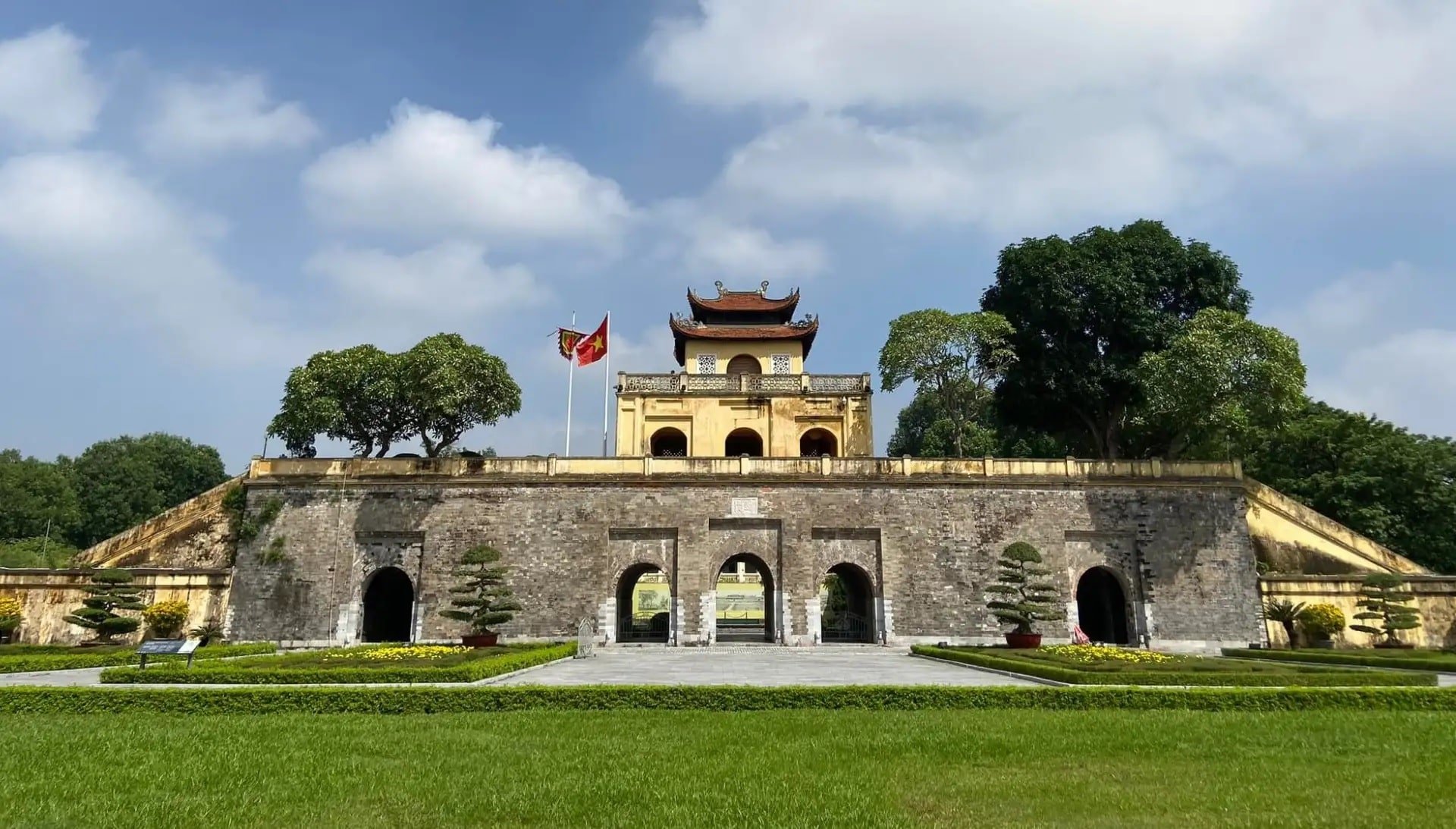
Doan Mon – Thang Long Imperial Citadel was where the Vietnamese People’s Army gathered when they took over the capital on October 10, 1954. Doan Mon is one of the main gates leading into the Forbidden City. The relic is located in the south of Kinh Thien Palace, aligned with the Hanoi Flag Tower. Imperial Citadel of Thang Long is located at 19C Hoang Dieu, Dien Bien Phu ward, Ba Dinh district, Hanoi. Through historical ups and downs, Thang Long Imperial Citadel is still a tourist destination attracting domestic and foreign tourists.
3/ The Flag Tower of Hanoi
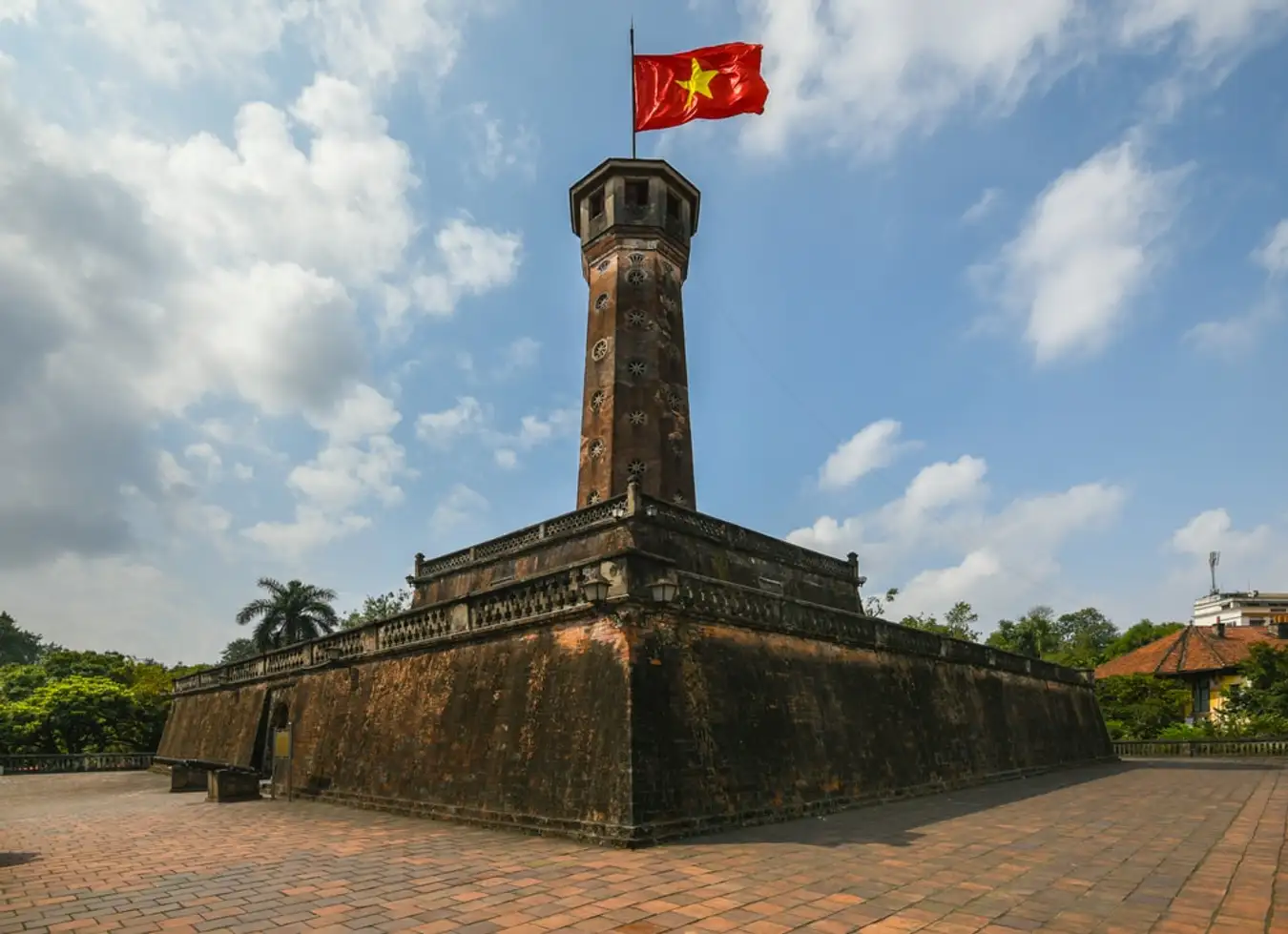
Hanoi Flag Tower was built during the Nguyen Dynasty. This is a “historical witness” to the resilient and indomitable spirit of the people of the Capital, and is the place where the historic flag-raising ceremony took place on the afternoon of October 10, 1954. Hanoi flagpole is located at 28A Dien Bien Phu Street, Ba Dinh District, on the campus of the Vietnam Military History Museum. Hanoi Flag Tower is considered the most intact and majestic structure in the Thang Long Imperial Citadel historical relic complex.
4/ Hanoi Railway Station
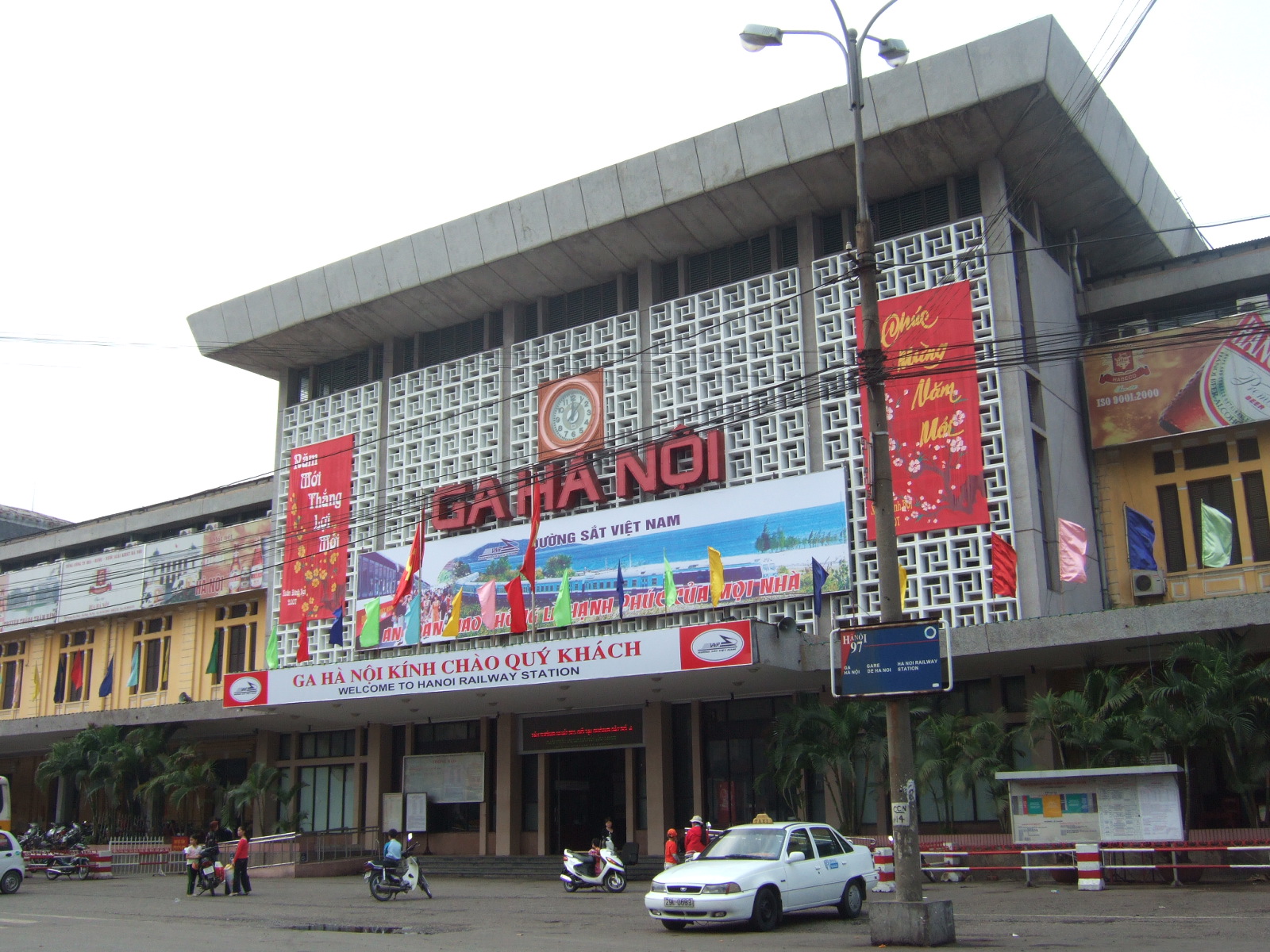
Hanoi Railway Station was one of the first facilities taken over by the Vietnam People’s Army from France. This station has been bustling with trains departing day and night for the past 70 years. Tourists from Hanoi station can go to Hai Phong, Sa Pa, Ninh Binh or further along the North – South railway.
5/ Dong Xuan Market
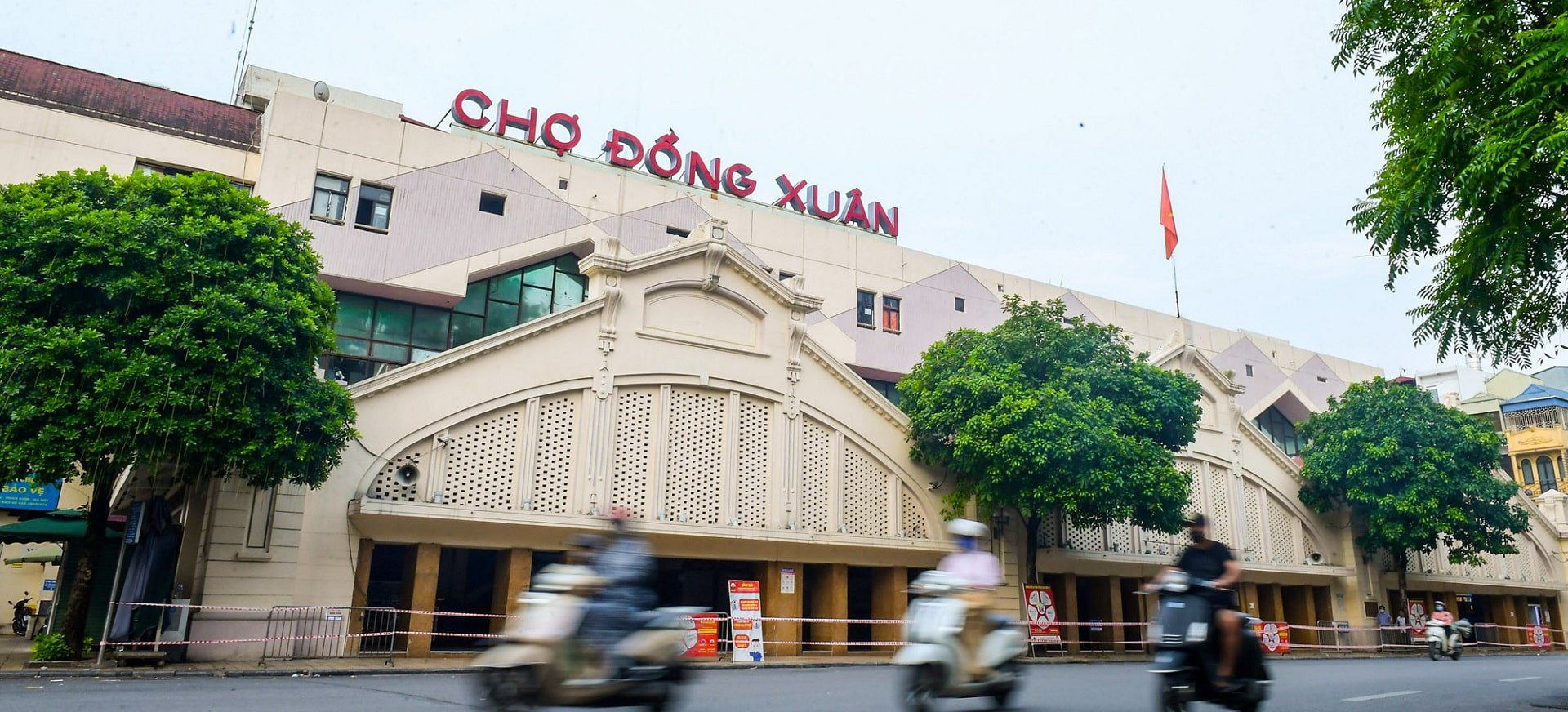
Dong Xuan Market was where the army taking over the capital passed through to gather at Hanoi’s Citadel. Today, Dong Xuan market is a bustling trading place for traders not only from Hanoi but also from all over the country.
6/ Hanoi Opera House
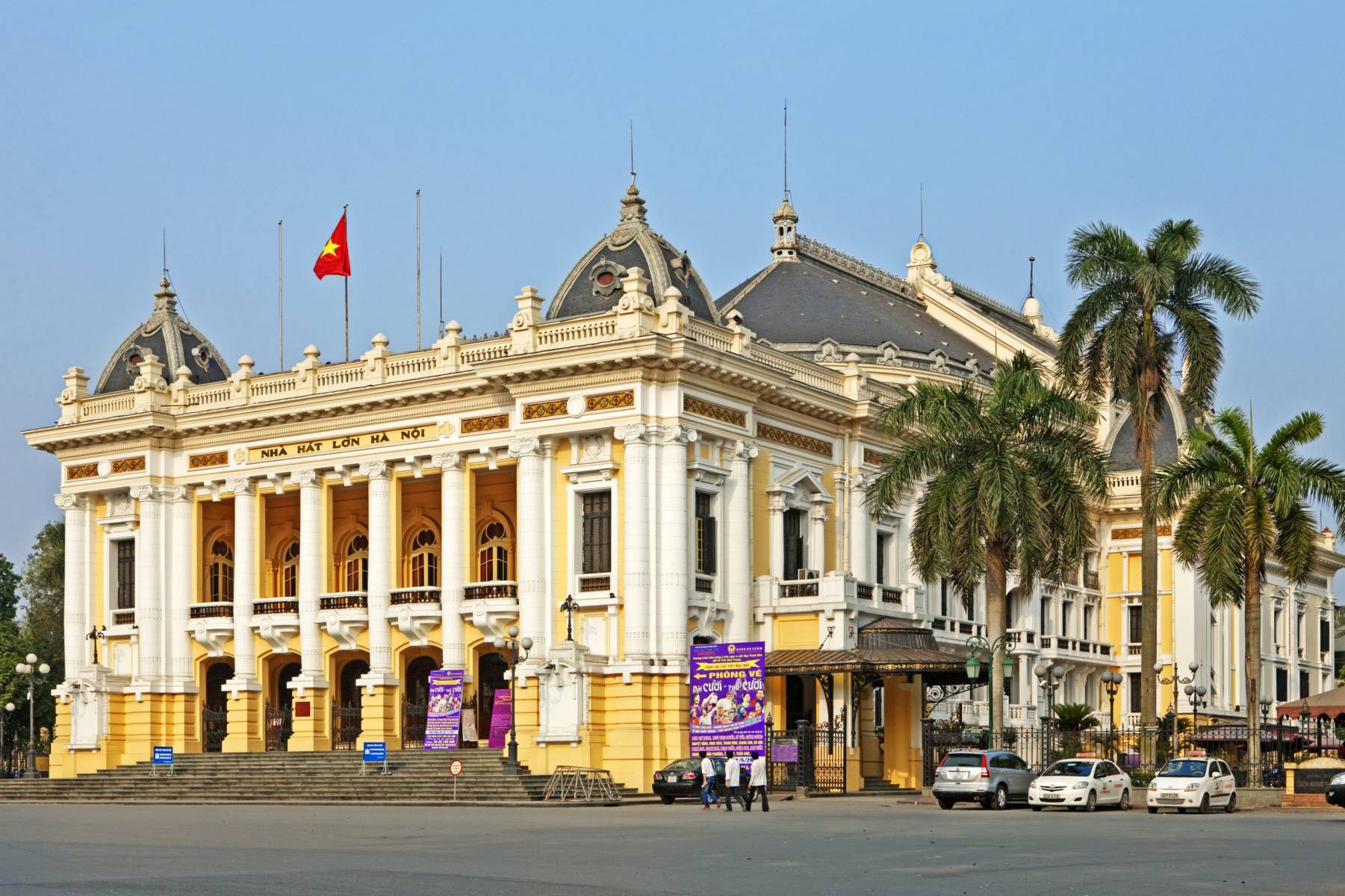
Hanoi Opera House was where the siren sounded signaling the historic flag-raising ceremony at 3:00 p.m. on October 10, 1954. This is one of the important cultural centers of the Capital, regularly taking place cultural activities and art performances. Hanoi Opera House started constructing in 1901 and completed in 1911. After more than 100 years, this place is one of the historical symbols of the capital.
Source: Báo Kinh tế – Đô thị, VinPearl, Báo Quân Khu.
Grand Mercure Hanoi ☆☆☆☆☆
9 Cat Linh, O Cho Dua Ward, Hanoi, 100000 Hanoi
Vietnam
Tel: +84 24 3211 5757
Fax:+84 24 3244 4747
Email:
H6936@accor.com


Follow us
Stay in touch and connected to all the news and happenings.